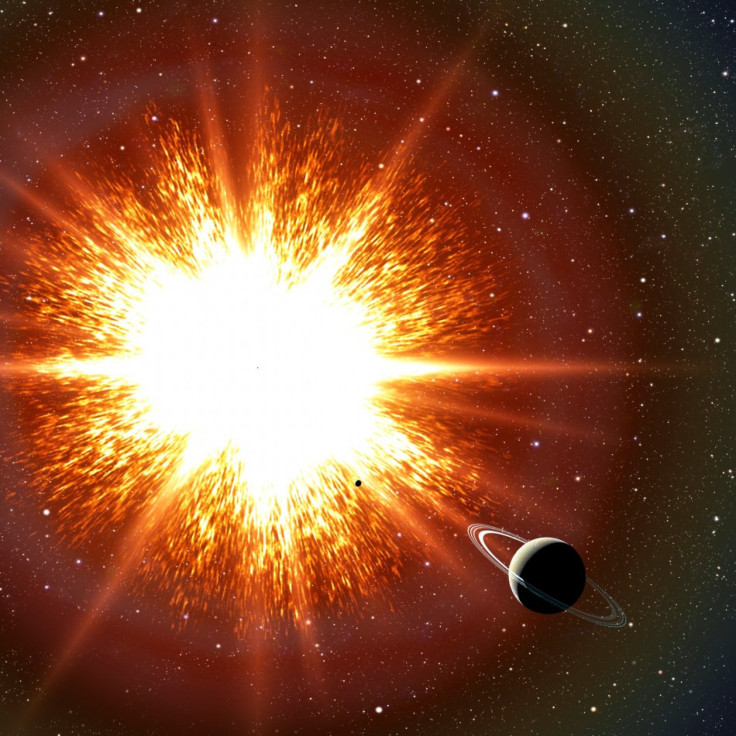Slowing Down White Dwarfs at High Risk of Explosion

Like the fictitious time bomb in the Hollywood blockbuster Speed, rigged to blow up the bus in which it was planted it slowed below 50 mph, some white dwarf stars when slowed down from their rapid spins may explode as supernova, astronomers say.
According to researchers at the Harvard-Smithsonian Center for Astrophysics, thousands of these old star time bombs could be scattered throughout our galaxy, held together by their rapid spins.
We haven't found one of these 'time bomb' stars yet in the Milky Way, but this research suggests that we've been looking for the wrong signs. Our work points to a new way of searching for supernova precursors, said astrophysicist Rosanne Di Stefano of the center.
The specific type of stellar explosion Di Stefano and her colleagues studied is called a Type Ia supernova. It occurs when an old, compact star known as a white dwarf destabilizes.
A runaway nuclear fusion will blow a white dwarf apart if it got any heavier than Chandrasekhar mass, which is 1.4 times as much as our sun.
There are two possible ways for a white dwarf to exceed the Chandrasekhar mass and explode as a Type Ia supernova. It can accrete gas from a donor star, or two white dwarfs can collide. Most astronomers favor the first scenario as the more likely explanation. But there are some problems with this theory as it's hard to find evidence of the donor stars that gave these exploding white dwarfs their extra mass.
Di Stefano and her colleagues suggest that white dwarf spin might solve this puzzle. As a white dwarf gains mass, it also gains angular momentum, which speeds up its spin. If the white dwarf rotates fast enough, its spin can help support it, allowing it to cross the 1.4-solar-mass barrier and become a super-Chandrasekhar-mass star.
Once accretion stops, the white dwarf will gradually slow down. Eventually, the spin isn't enough to counteract gravity, leading to a Type Ia supernova.
Our work is new because we show that spin-up and spin-down of the white dwarf have important consequences. Astronomers therefore must take angular momentum of accreting white dwarfs seriously, even though it's very difficult science, explained Di Stefano.
If a typical super-Chandrasekhar-mass white dwarf takes millions of years to spin down and explode, then calculations suggest that there should be dozens of pre-explosion systems within a few thousand light-years of Earth.
Those supernova precursors will be difficult to detect. But upcoming wide-field surveys conducted at facilities like Pan-STARRS and the Large Synoptic Survey Telescope should be able to spot them.
This research appears in a paper in the Sept. 1 issue of The Astrophysical Journal Letters and is available online.
© Copyright IBTimes 2025. All rights reserved.






















